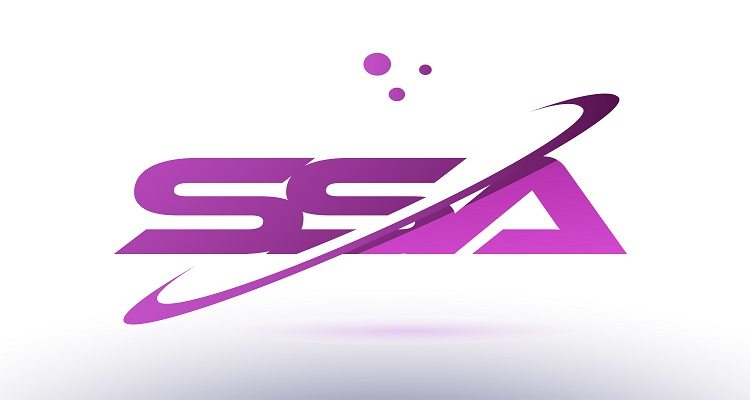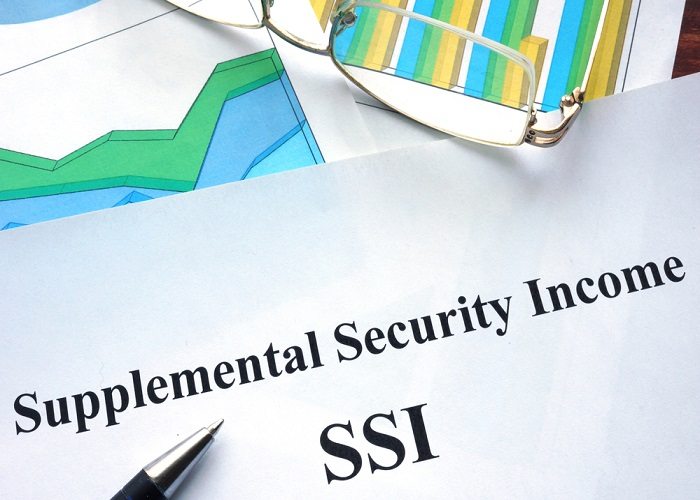SSI vs SSDI – Know all about these programs

The Social Security Administration runs two of the largest social welfare programs in the US – the Supplemental Security Income (SSI) program and the Social Security Disability Insurance (SSDI) program. Many people who apply for Social Security don’t know the difference between SSI and SSDI. So, here is a list that details SSI vs SSDI.
SSI vs SSDI – Know all about these programs
- SSI:Supplemental Security Income is a program designed to help the aged, the blind and the disabled who have little means of supporting themselves.
The SSI is funded through general taxes.
- SSDI: Social Security Disability Insurance is a program that is designed to help the disabled who have paid Social Security Taxes under the Federal Insurance Contribution Act (FICA) for the required number of years. This is a form of insurance that you pay which comes into effect if you are disabled.

SSI vs SSDI – Qualification Criteria
Here are the differences in the qualification criteria for the two programs:
| SSI | SSDI |
| The eligibility criteria for claiming SSI is based on your financial status. This means you need to pass the SSI Income Requirements to qualify for benefits.
You also need to be above 65 and/or blind and/or disabled with little or no income. To qualify for SSI, you must have less than $2000 in assets ($3000 if you are married). |
The eligibility criteria for claiming SSDI is based on your disability status. This means you need to prove that you are medically disabled. You also need to have the required number of work credits to qualify.
To qualify for SSDI, you need to prove that you cannot carry out any Substantial Gainful Activity
|
SSI vs SSDI – Benefits Comparison
| SSI | SSDI |
| Benefits begin the first full month after the date when the claim was filed.
However, if your date of filing was later than the date when you informed the SSA that you were going to apply for SSI, then the day you informed SSA will be taken as your date of entitlement.
|
Benefits begin from the 6th full month from the date that the SSA decides is the date of entitlement. |
| The average monthly benefit since January 2017 is $542.
|
The average monthly benefit since January 2018 is $1,197. |
| The maximum monthly benefit for SSI is $750 for an individual, $1,125 for a couple and $376 for an essential person from January 2018 onwards.
|
The maximum monthly benefit since January 2018 is $2,788. |
| The disabled who qualify for SSI are automatically eligible for Medicaid.
|
You need to wait for two years after you qualify for SSDI and then you are automatically enrolled for Medicare
|
| Those who qualify for SSI also qualify for food stamps, though the amount will depend on where they live and how much their monthly income is.
|
Beneficiaries of SSDI do not qualify for food stamps |
| Under SSI, the dependents of the claimant are not eligible for SSI benefits. | Under SSDI, the beneficiary’s spouse as well as dependents are also eligible to receive auxiliary benefits
|
| SSI also has the facility to provide benefits for children who fit the SSA definition of disabled. | Only adults over the age of 18 can receive disability benefits from SSDI.
|
Can I apply for both SSI and SSDI?
Yes, you may apply for both SSI as well as SSDI. If you currently have very limited or no income, have a work history where you were paying FICA taxes and are disabled, then you will qualify for both SSI as well as SSDI.
Applying for SSI vs SSDI
You can apply for both programs online if you are an adult with a disability.
However, if you are applying for SSI as a non-disabled senior who is above the age of 65, or you are applying for SSI for a disabled child under the age of 18, then you have to personally go to the SSA office to apply.
You can call the SSA toll-free helpline 1-800-772-1213 or, if you are hearing impaired, the TTY number 1-800-325-0778 and make an appointment. Or you can go directly to the SSA office and wait for your turn, however, be warned that you will need to wait for a long time for your turn.











